Alongside terrific and terrifying characters such as Hannibal Lecter and Clarice Starling, there is another sinister dramatis persona evoked in Jonathan Demme’s The Silence of the Lambs – that of the ‘Death’s Head Hawk-Moth’ and Buffalo Bill’s relation to them.

It is unsurprising that the moth in this scene invokes dread in Clarice and the audience, due to animals in horror movies inevitably being objectified for the use of terror. However, it is surprising that the moth is used to instil fear of a human, and not of itself. Usually, animals in horror movies are utilised as an object of terror.
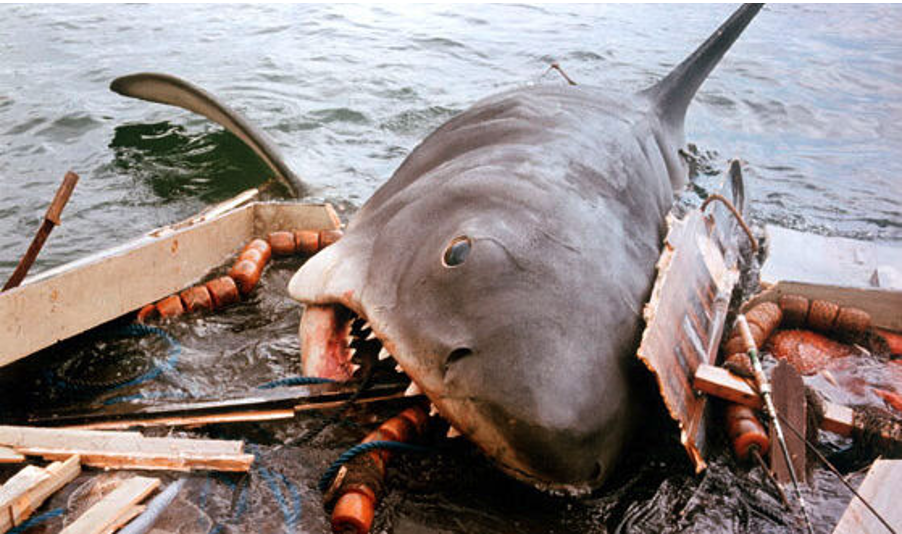
However, the Death’s Head Hawk-Moth in this scene is utilised as a symbol for a human character, who is himself the main source of terror. This leaves the moths with a distinct lack of agency, as they cannot do much more to provide horror than simply remind the audience of a human character.
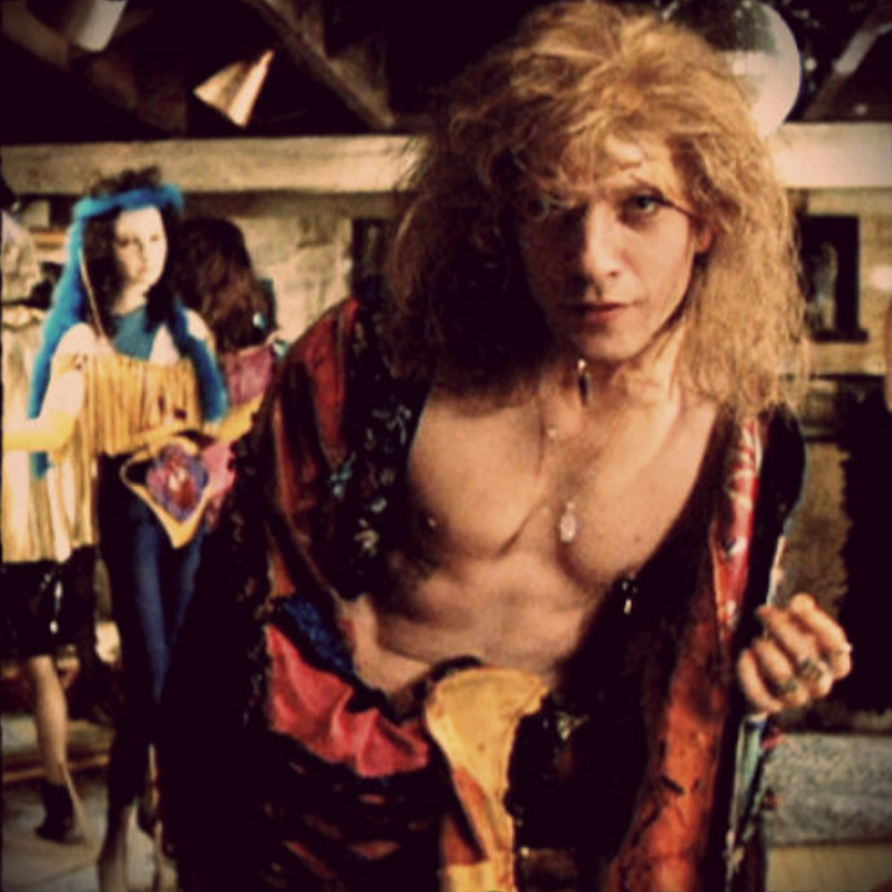
Although a Death’s Head Hawk-Moth has a terrifying name, and in fairness, a disturbing appearance, the trepidation caused by its presence in this scene is mostly in respect to its owner. This is likely a result of the Death’s Head Hawk-Moth being representative of Buffalo Bill’s own desire to transform, like a caterpillar to a moth. This creates an irrefutable link between Buffalo Bill and the moth appearing in this scene – as they are both an undeniable harbinger of death.
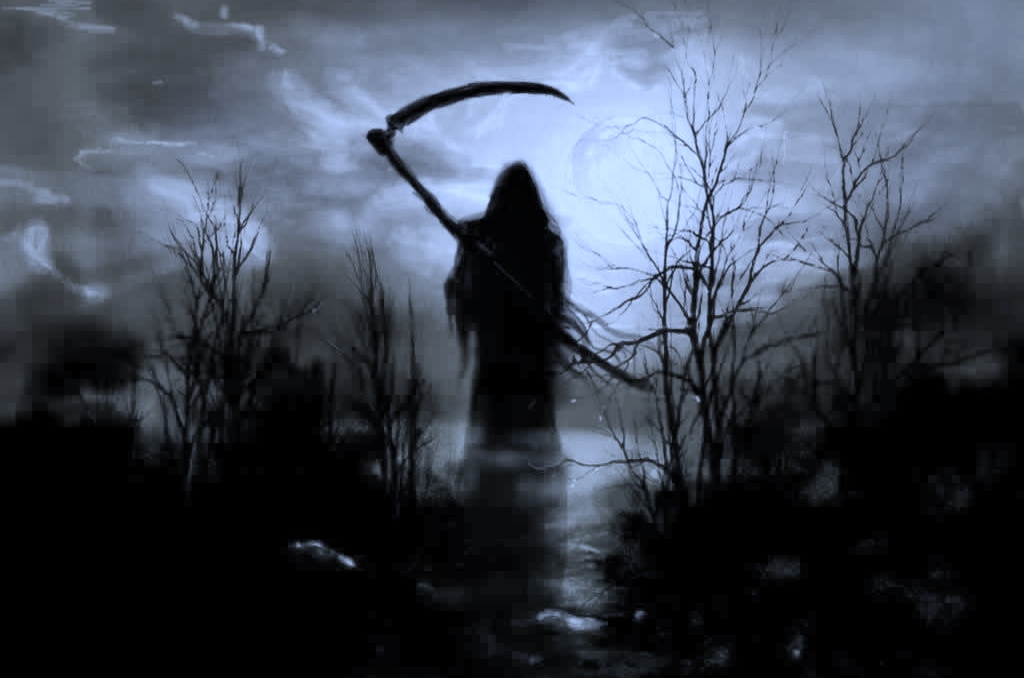
As Clarice first enters Buffalo Bill’s house, Demme utilises a close-up of her face – perpetuating the tension due to the inability to see what Buffalo Bill is doing – before panning to the right to reveal a painting of a butterfly.
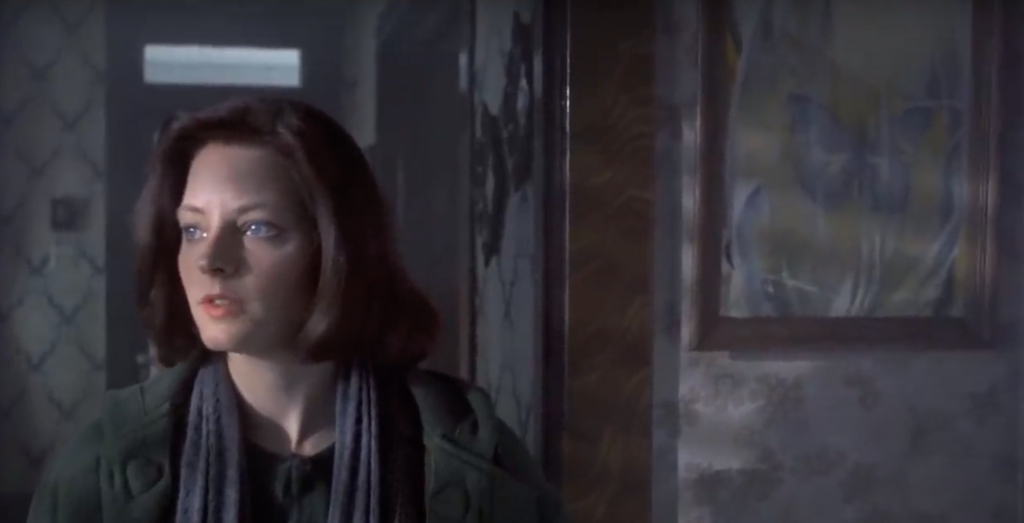
Buffalo Bill’s choice to place a painting of a much more aesthetically pleasing butterfly in the main body of his house, while his terrifying moths lurk deeper within is representative of the way he wishes others to view him versus who he truly is. We are already aware that Buffalo Bill views himself as more of a beautiful butterfly than a terrifying moth due to his repeated mantra earlier in the movie of ‘I’d fuck me so hard’, as he is applying makeup. However, his inability to hide his true persona, even from himself, is evidenced through his choice to keep and use a much more chilling species.
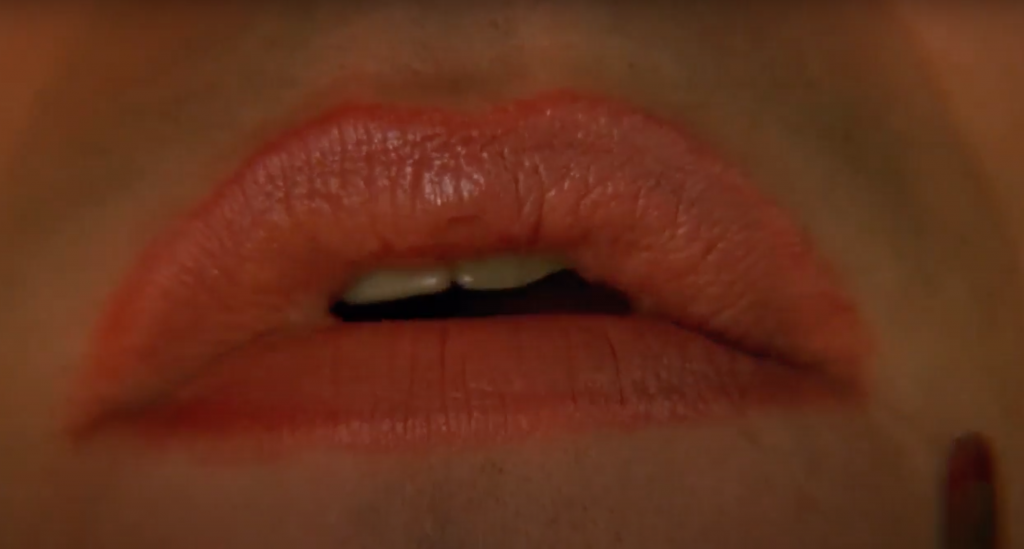
The camera then tracks the room, emulating Clarice’s own scanning for clues, while the intra-diegetic sound of wings fluttering overlays the pre-existent extra-diegetic swelling of ominous music before we are presented with a close-up of thread and a moth landing on it.
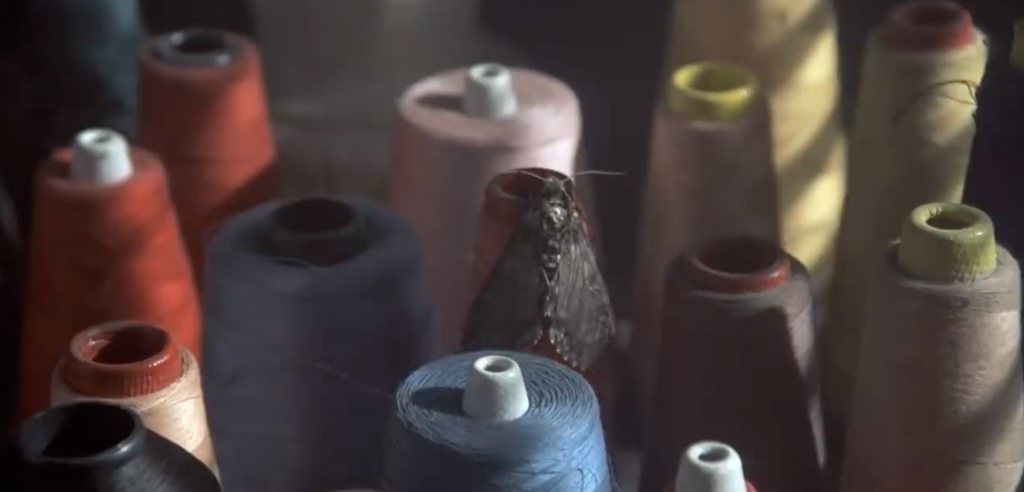
The single moth flying out from the basement of Buffalo Bill’s house and into the living room is representative of Bill’s own rising tension, as his murderous instincts begin to increase. Demme’s choice to present us with the image of the moth landing on thread further articulates the intrinsic relation between Buffalo Bill and the moths. The thread is his instrument to metamorphosise from caterpillar to butterfly – sewing himself a ‘woman suit’ cocoon from which he can emerge a thing of beauty – and the moth landing upon the thread reminds us of this. However, the moth being utilised in order to instil fear of a human reinforces the idea of animals not having their own agency, and are instead utilised as objects and symbols, rather than their own terrifying characters. As aforementioned, the Death’s Head Hawk-Moths are a harbinger of death in The Silence of the Lambs, but it is not they themselves that pose a threat. The moths have no feelings or emotions and are not the ones perpetrating the crimes. Therefore, they are simply the object of Jonathan Demme, to induce fear of a human – in this case, Buffalo Bill. Earlier in the movie the moths are described as having been ‘loved’, and this is shown as being entirely possible for Buffalo Bill, as despite his contempt for human life, he shows great distress at his dog Precious being placed in danger.
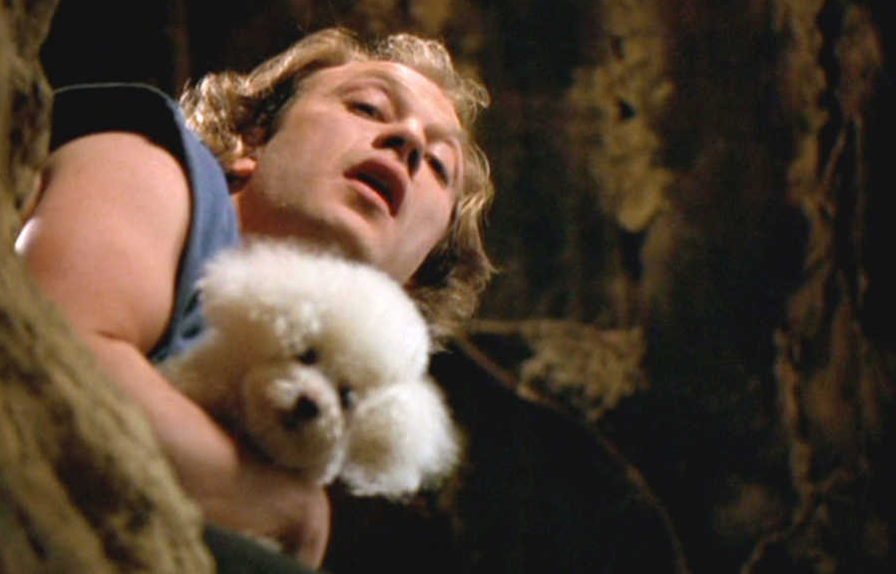
Therefore, he is shown to have greater love for animals than for humans themselves. This places the animal-human relationship in great peril, however, as he is shown to be insane, and therefore, for him to value the life of an animal over the life of a human is not portrayed as a positive thing.
Figure 1: Bidita Zaman, Death’s Head Hawkmoth, digital photograph, High on Films, 21 February 2021, <https://www.highonfilms.com/the-silence-of-the-lambs-1991-the-voluptuous-death/> [accessed 15 January 2022]
Figure 2: Rakhe, Jaws-shark-eating-boat.jpg, digital photograph, Jaws Wiki, 2015, <https://jaws.fandom.com/wiki/Bruce> [accessed 15 January 2022]
Figure 4: Ann Massey, Celtic Harbingers of Death, digital photograph, Dark Emerald Tales, 23 July 2015, <https://darkemeraldtales.wordpress.com/2015/07/23/celtic-harbingers-of-death/> [accessed 15 January 2022]